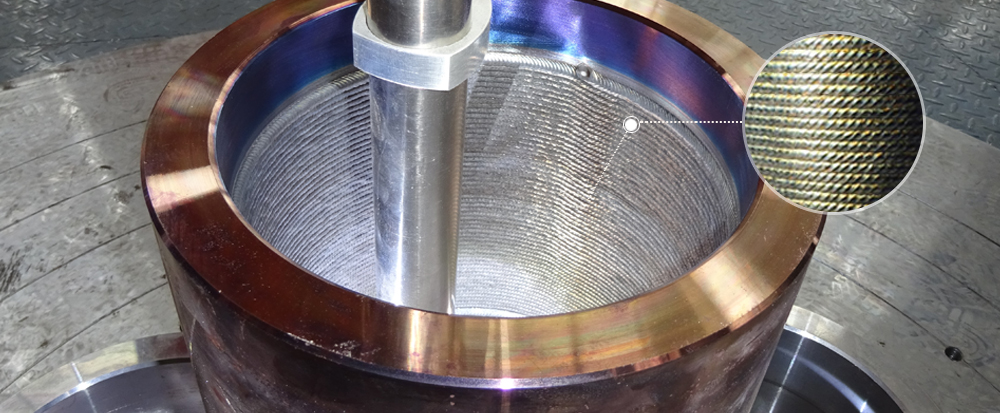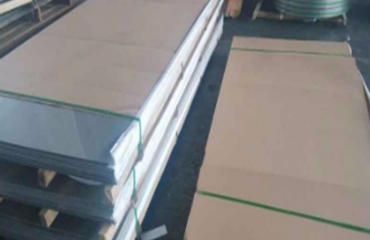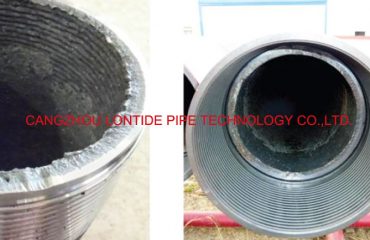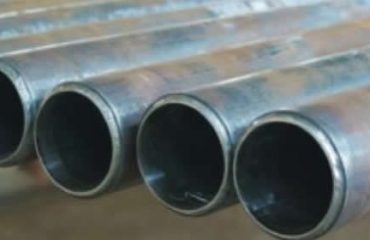
Introduction
API 5L clad steel pipe is a type of steel pipe that has two or more layers of different materials bonded together. The inner layer is usually made of carbon steel and the outer layer is made of a corrosion resistant alloy such as stainless steel or a nickel-based alloy. The purpose of the clad steel pipe is to provide a corrosion resistant layer on the outside of the pipe while maintaining the strength and durability of the inner layer. As a result, API 5L clad steel pipes are used in many industries, such as oil and gas, chemical, power generation, and water treatment.
History
Clad steel pipes have been used in various applications since the early 1900s. The first use of clad steel pipes was in the construction of bridges. The method used to join the two layers of material was welding. This was a relatively simple process, but it had some drawbacks. The most significant drawback was that the welds were prone to cracking due to the different coefficients of expansion of the two materials. This problem was solved by using a roll bonding process to join the two layers of material. This process allowed the two layers to expand and contract at the same rate.
The use of clad steel pipes expanded in the 1940s when they were used in the construction of oil and gas pipelines. This was due to the need for corrosion resistant pipes that could withstand the harsh environment of oil and gas pipelines. The roll bonding process was used to join the two layers of material, and this process was later modified to create the API 5L standard.
API 5L Standard
API 5L is a standard developed by the American Petroleum Institute (API). It is a set of requirements for the manufacture of clad steel pipes for use in oil and gas pipelines. The standard covers materials, design, fabrication, assembly, inspection, testing, and welding. It also sets requirements for the performance of the clad steel pipe in various environments and conditions.
The standard requires that the inner layer of the pipe be made of a carbon steel that meets certain requirements for strength and ductility. The outer layer must also meet certain requirements for strength and corrosion resistance. The two layers are joined together using a roll bonding process, which ensures that the two layers will expand and contract at the same rate.
Performance
API 5L clad steel pipes provide excellent corrosion resistance in various environments. The outer layer of corrosion resistant material protects the inner layer, which is typically made of carbon steel. This allows the pipe to perform in high-pressure and high-temperature environments. The corrosion resistant layer also protects against other environmental factors, such as chemicals, saltwater, and ultraviolet radiation.
The corrosion resistance of the clad steel pipe also allows it to be used in applications where there is a risk of leakage. The corrosion resistant layer provides a barrier between the inner layer and the environment, reducing the risk of a leak.
Applications
API 5L clad steel pipes are used in a variety of applications, including oil and gas pipelines, chemical processing, power generation, water treatment, and other industrial applications. The pipes are used to carry oil, gas, water, and chemicals in high-pressure and high-temperature environments. The corrosion resistant layer of the pipe provides protection against corrosion, and the inner layer provides strength and durability.
Conclusion
API 5L clad steel pipe is a type of steel pipe that has two or more layers of material bonded together. The inner layer is typically made of carbon steel, and the outer layer is made of a corrosion resistant alloy. The purpose of the clad steel pipe is to provide a corrosion resistant layer on the outside of the pipe while maintaining the strength and durability of the inner layer. The two layers are joined together using a roll bonding process, which ensures that the two layers will expand and contract at the same rate. API 5L clad steel pipes are used in a variety of applications, including oil and gas pipelines, chemical processing, power generation, and water treatment. The corrosion resistant layer of the pipe provides protection against corrosion, and the inner layer provides strength and durability.




You must be logged in to post a comment.